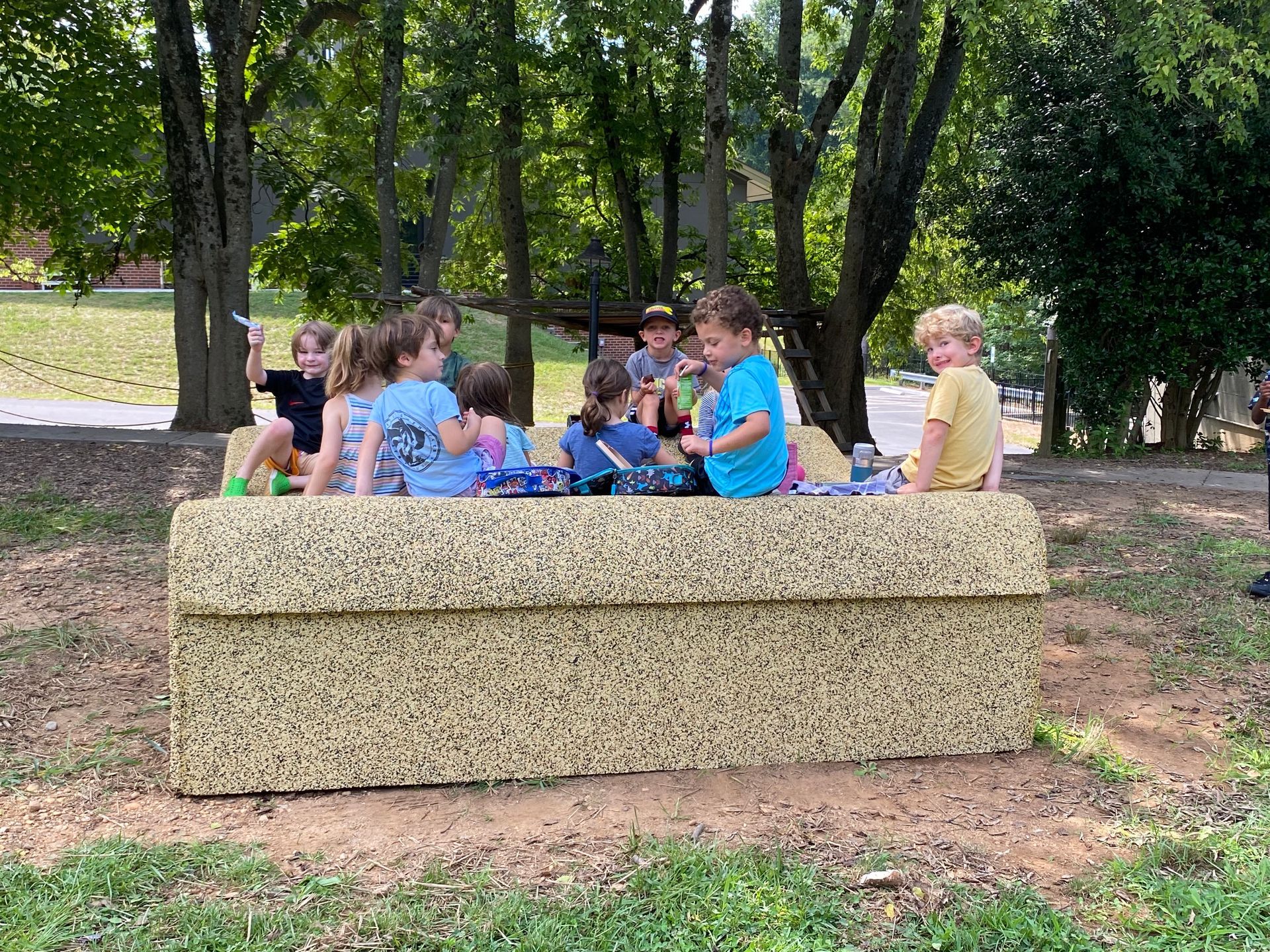Complexity and Error: Spanish
“ Eye tin can goes to class” : Errors & second-language acquisition
Acquiring a second language is a cyclical process of trial and error, one that fools us into thinking that a rule is universally applied only to find out that languages evolve just as cultures and people do. It requires a willingness to accept that being wrong, uncomfortable and sometimes in over one’s head are all symptoms of the process to finding fluency in a new language and culture.
It should also be said that many learners only begin to understand the workings of their mother tongue through the learning of a second language and that all language learners do not begin at the same point of reference.
For example, when we consider the complexity that comes with changing verb tenses, there is a breakdown in the flow of language in both the target language, and also in the language of origin.
Relaying a complex message or thought is dependent upon one’s ability to break down spoken language into small bites or singular words rather than whole sentences. In other words, the meaning is more important than the correctness of the sentence. Essentially the speaker should strive for understanding rather than concentrate on errors such as gender or number.
For example:
I can go to class can be translated into Spanish as Yo puedo ir a la clase.
However, students may not fully understand the difference between a noun and a pronoun, the importance of tense and the use of articles. This student may translate the sentence as Ojo lata vaya a clase. Which roughly translates as Eye tin can goes to class.
Another example is Las niñas chilenas . This phrase can be translated as The Chilean girls . Many students may leave off an “s” or an “a”, which would change the meaning of the sentence either in gender, number or both.
A third example that commonly arises when working with infinitives is the idea that a word vertically translates consistently and uniformly. For instance the infinitive nadar can be translated as to swim, swimming and swim . However it should be noted that the sport swimming is translated as l a natación in Spanish, as it is a noun. The statement swimming is fun would be translated as nadar es divertido as this is the act of swimming and is the verb form. However to use the gerund (the -ing form) in Spanish, as in “swimming” there are two options. The first option would come up in a sentence such as He is swimming , which would translate as él está nadando, which implies that he is swimming right now at this moment. The second , él nada , implies that he is swimming in general, as in He is swimming at 2 o’clock.
Only after the comprehension of the sentence or idea is achieved can a student fine-tune all of the phonetics, word choices, and word order within the second language itself.
The post Complexity and Error: Spanish appeared first on Sabot at Stony Point.
SHARE THIS POST

















